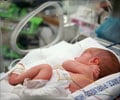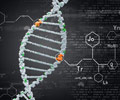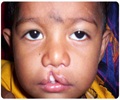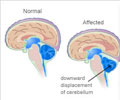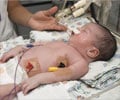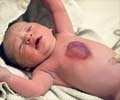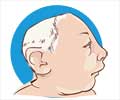Detection and Treatment of Neural Tube Defects
Blood test, USG and
Detection of Neural Tube Defects-
If there is positive history of a previous child with a neural tube defect, there is a greater possibility of the disorder occurring in subsequent child. In fact, in most of the cases, it is usually the birth of a first child with NTD that necessitates prenatal tests during the next pregnancy to prevent the second one in the family. Prenatal tests referto the use of tests for the diagnosis of certain birth defects before the child is born.
General prenatal screening for neural tube defects can be done by testing the blood of the pregnant woman for α- fetoprotein. The chemical α- fetoprotein is produced in the fetal liver but its function is unknown. Small amounts of the substance are present in the amniotic fluid of normal fetuses. Higher than normal levels in the amniotic fluid indicates
Ultrasonography and amniocentesis are indicated in pregnant women with elevated levels of α- fetoprotein to confirm the diagnosis.
Treatment of Neural Tube Defects-
There is no cure for neural tube defects. Treatment depends on the type and severity of spina bifida. Most children with mild form of the disorder need no treatment, although some may require surgery as they grow. Some children with spina bifida need assistive devices (like braces, crutches, or wheelchairs) depending on the location of the malformation in the spine.

